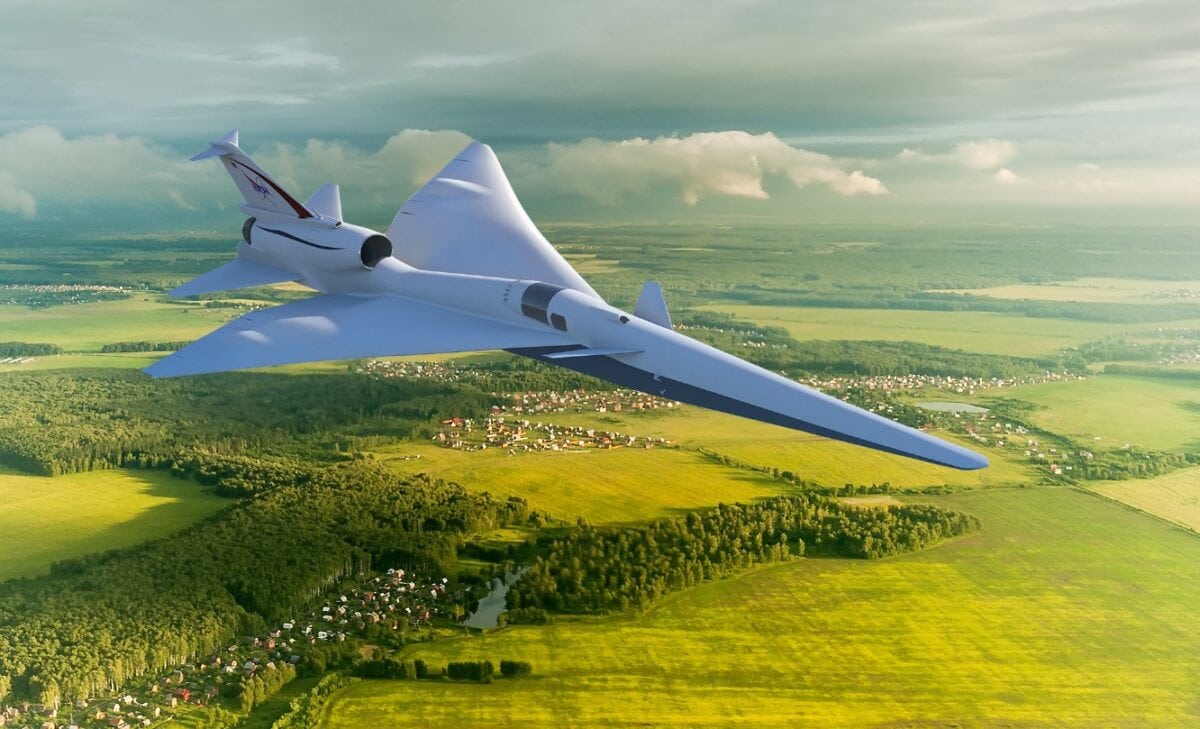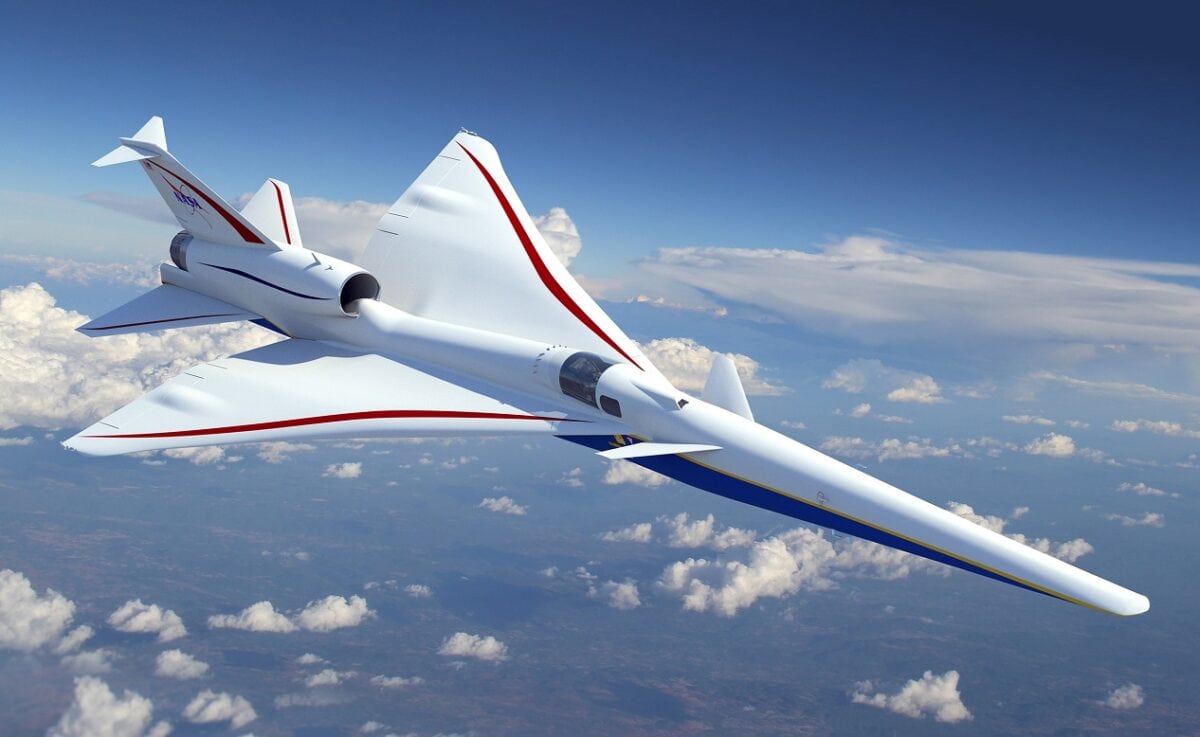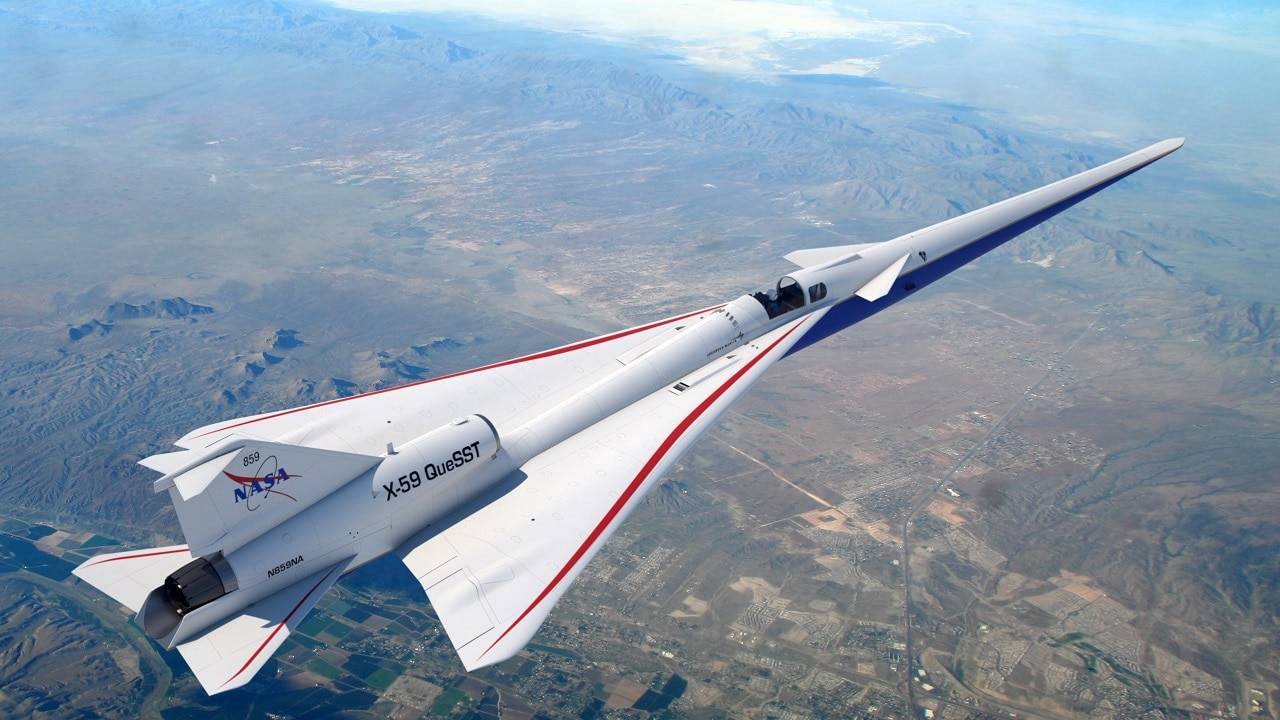The Next Concorde? The X-59 As a certifiable “Bon Vivant” who likes to travel in style (always opting to upgrade from Cattle Class, er, Economy Class to 1st, Business, or at the very least Premium Economy [when and where available] whenever I can afford to do so), it saddens me to know that the famous Aérospatiale/British Airways Corporation (BAC) Concorde supersonic transport (SST) is long defunct.
That sentimental longing and “what-if” musing especially hits home whenever I watch scenes from two of my Top 10 all-time favorite films, The Wild Geese (in the opening scene, the protagonist, Col. Allen Faulkner—portrayed by the late great Sir Richard Burton—is flown 1st Class on the Concorde into London to meet with his new employer), and Moonraker (wherein, roughly halfway through the film, James Bond—played by the late great Sir Roger Moore—travels via the SST for the Brazilian leg of his world-saving mission).
The Concorde completed its first transatlantic crossing on September 26, 1973, and launched the world’s first scheduled supersonic passenger service on January 21, 1976, before ceasing operations in 2003.
X-59: The SST Sequel?
As luck would have it, travel snobs like me who haven’t experienced the joys of sound barrier-breaking commercial flight may yet be able to take heart.
And this time, instead of an Anglo-Franco venture, it’ll presumably be built with good old American knowhow: Lockheed Martin’s X-59 QueSST (“Quiet SuperSonic Technology”).
Back in February 2016, then-NASA Administrator Charles Bolden announced the illustrious space agency’s award of a contract to Lockheed Martin for the preliminary design of a “low boom” flight demonstration aircraft.
As Mr. Bolden (a retired USMC Major General who flew on four Space Shuttle missions and later made history as the first African-American to serve as NASA Administrator) stated at the time:
“NASA is working hard to make flight greener, safer and quieter – all while developing aircraft that travel faster, and building an aviation system that operates more efficiently. To that end, it’s worth noting that it’s been almost 70 years since Chuck Yeager broke the sound barrier in the Bell X-1 as part of our predecessor agency’s high speed research. Now we’re continuing that supersonic X-plane legacy with this preliminary design award for a quieter supersonic jet with an aim toward passenger flight.”
In accordance with Mr. Bolden’s references to “a quieter supersonic jet,” Lockheed Martin estimates that the X-59 will project a noise level of 75 perceived decibel level (PLdB), “about as loud as a car door closing,” as per the LM Skunk Works’ official webpage; this would meet the standard that researchers believe will be acceptable for unrestricted supersonic flight over land, but NASA wants to eventually beat that and reach 70 PLdB. For a basis of comparison, the Concorde’s sonic boom noise level was 105 PLdB.
How would this lofty goal be achieved? Typical supersonic aircraft create a sonic boom when shockwaves from the nose and tail merge; because of the X-59’s distinctive shape, those two ripples never do that ergo the resulting sound is more like distant thunder or a dull thump.
It is also expected that the QueSST will be 99 ft. 7 in. (30.35m) in length, 14 frt. 0 in. (4.26m) in height, and with a wingspan of 29 ft. 6 in. (8.99m), cruising at 55,000 ft (17,764m) at a speed of Mach 1.4 (925 mph/1,488 kph).
A Brighter and Quieter Future for the SST?
An encouraging sign for the X-59 (and for the prospect of the resurrection of supersonic commercial travel in general) took place in December 2019, when the X-59 won the Best of What’s New Award (32nd annual edition) by Popular Science in the aerospace category.
The QueSST is expected to make her maiden flight sometime this year, and from there, as per an official NASA statement, “In 2024, NASA will fly the X-59 over select communities to measure public perception of the sound. The data from these tests will be given to U.S. and international regulators, potentially opening the future to commercial supersonic flight over land.”

X-59 artist rendering. Image Credit: Creative Commons.

X-59

Nasa Quiet Supersonic Technology Low-Boom Flight Demonstrator.
So, while this isn’t yet the time and place to book your flight reservations on the X-59, the future looks hopeful. And since United Airlines happens to be the official airline for both my favorite college and pro football teams alike (the USC Trojans and the Washington Redskins, er, Commanders), I for one, am keeping my fingers crossed that UA purchases a few of the new birds when the time comes.
Christian D. Orr is a former Air Force officer, Federal law enforcement officer, and private military contractor (with assignments worked in Iraq, the United Arab Emirates, Kosovo, Japan, Germany, and the Pentagon). Chris holds a B.A. in International Relations from the University of Southern California (USC) and an M.A. in Intelligence Studies (concentration in Terrorism Studies) from American Military University (AMU). He has also been published in The Daily Torch and The Journal of Intelligence and Cyber Security.

